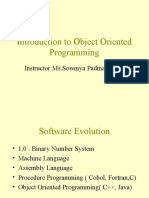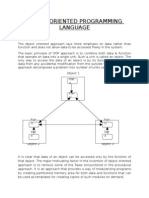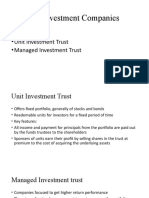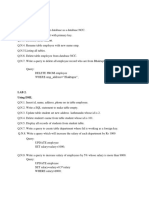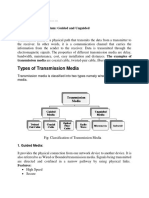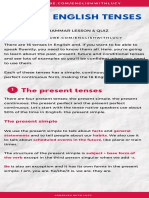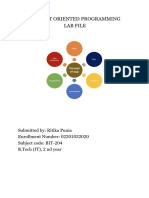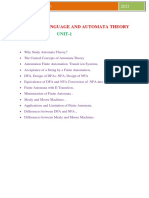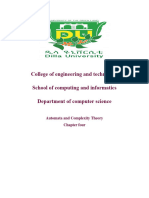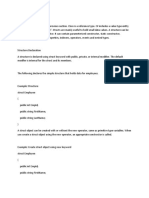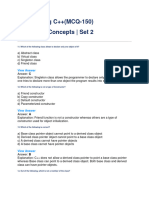0% found this document useful (0 votes)
37 views23 pagesUnit 1 Introduction To OOP
The document provides an introduction to object-oriented programming (OOP) by comparing it to procedural programming. It discusses key OOP concepts like classes, objects, encapsulation, inheritance, polymorphism, and message passing. OOP focuses on data as a critical element and emphasizes data over procedures by dividing programs into objects that communicate through methods.
Uploaded by
Nabin JoshiCopyright
© © All Rights Reserved
We take content rights seriously. If you suspect this is your content, claim it here.
Available Formats
Download as PDF, TXT or read online on Scribd
0% found this document useful (0 votes)
37 views23 pagesUnit 1 Introduction To OOP
The document provides an introduction to object-oriented programming (OOP) by comparing it to procedural programming. It discusses key OOP concepts like classes, objects, encapsulation, inheritance, polymorphism, and message passing. OOP focuses on data as a critical element and emphasizes data over procedures by dividing programs into objects that communicate through methods.
Uploaded by
Nabin JoshiCopyright
© © All Rights Reserved
We take content rights seriously. If you suspect this is your content, claim it here.
Available Formats
Download as PDF, TXT or read online on Scribd
/ 23




